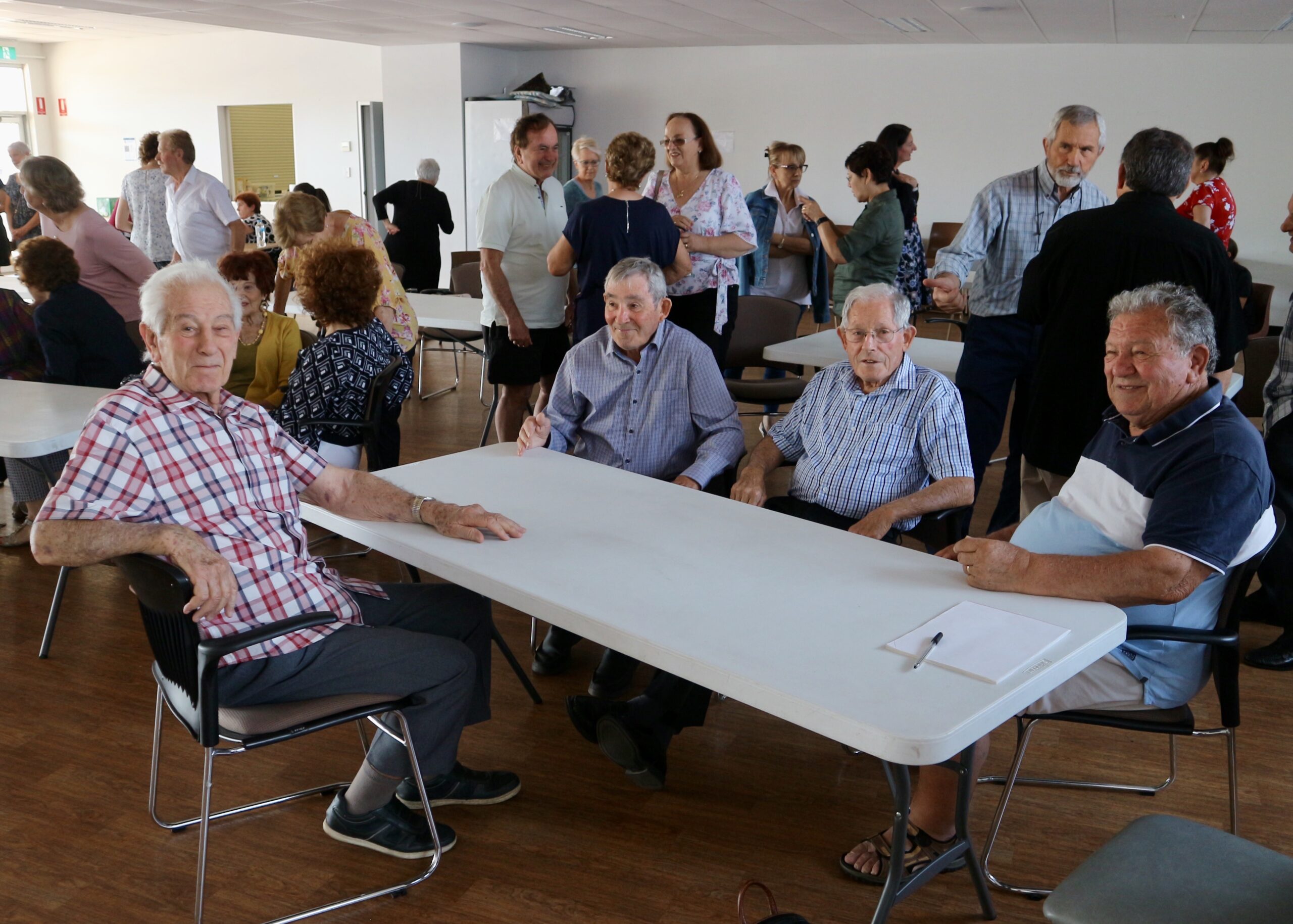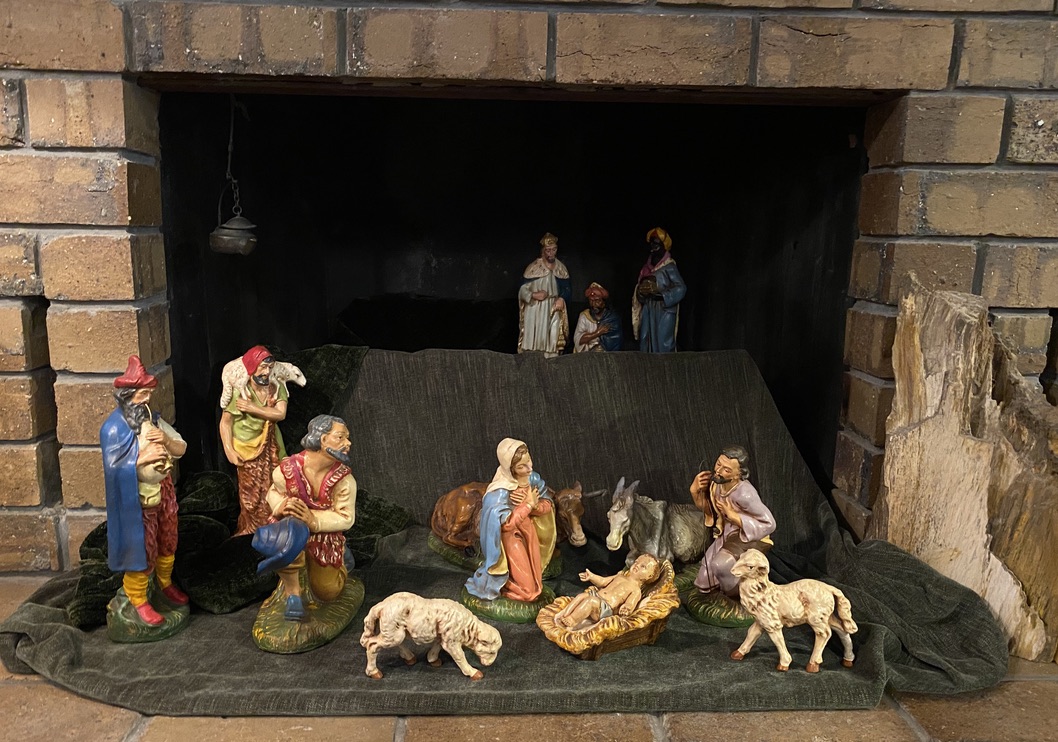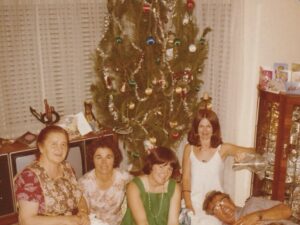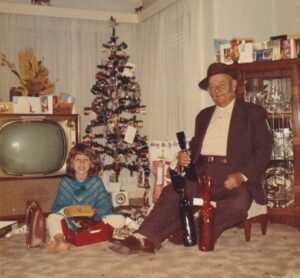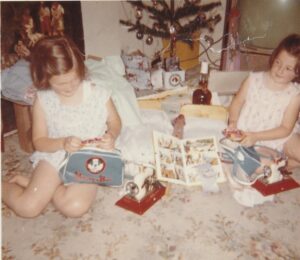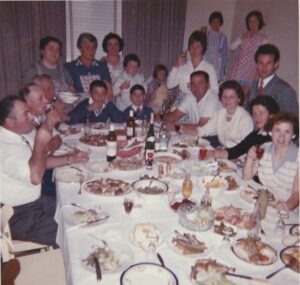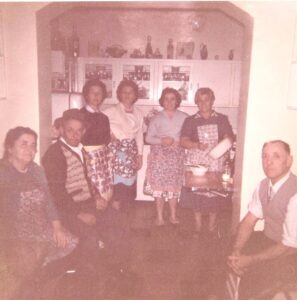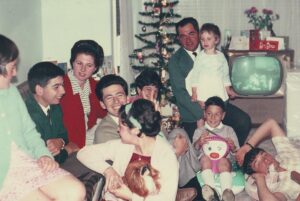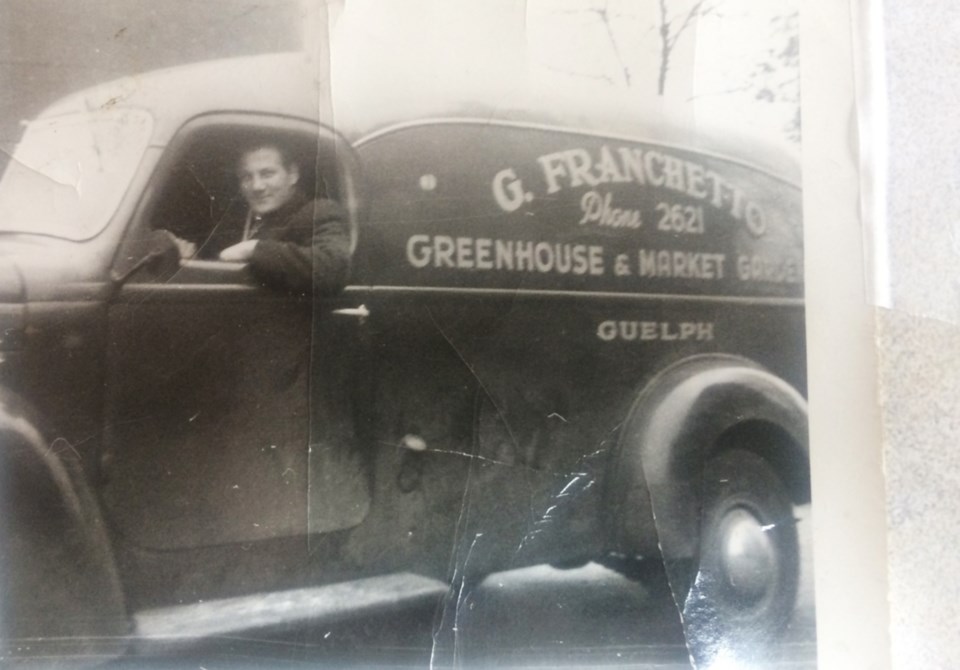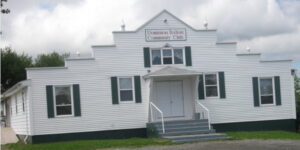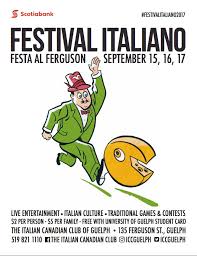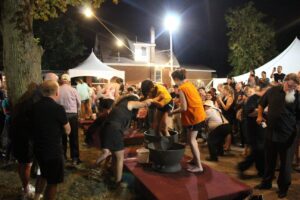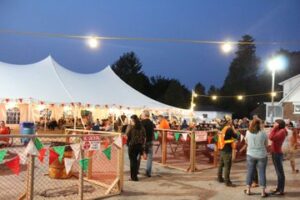The year is closing and it’s appropriate to reflect on the past 12 months and the blogs on the website related to the Veneto market gardeners oral history project.
In January we held a gathering of Veneto market gardener families and it was a lovely social occasion at the Mater Christi parish hall, Seaton. About 40 people were present and for the first time, we welcomed grandchildren – it was great that Lina and Lui Campagnaro’s granddaughters were there to learn about the Veneto market gardener community, see the connections between families and view the photo loop of wonderful old family photos that people have given me permission to use for the Veneto market gardeners’ project. Oh! And they tasted the delicious food that people so generously contributed to the event.

At the gathering, Angelo Piovesan spoke about the value of the website in maintaining the history of the community and the possibility of gaining support from the Veneto Club so that it is maintained into the future. It was pleasing that the Veneto Club agreed to provide financial support for the costs of the website. Thank you to Angelo for his advocacy. Fortunately, Michael Campbell continues to manage the website and gives his time voluntarily. I am very grateful for his assistance in maintaining the content, making it accessible and keeping the website safe. Michael has managed the website since 2014 and I thank him for his support – and his skills.
During 2021, a blog has been posted every two weeks. This year 12 blogs were written by guests. It is really wonderful that so many readers have either volunteered or accepted the invitation to write blogs. And at times, people leave comments, and this shows that the website is becoming more interactive and a more lively community resource.
Through the year I’ve written blogs about different subjects – stories of some of the families or relatives, reflections on the seasons and reports of unusual events on the market gardens. I also used some of the research I had undertaken for my thesis and wrote about leisure activities of the market gardeners and returned Anglo Australian soldiers from World War I who were market gardeners in the area. And I have also written about some of the photos to highlight the lives of the Veneto families in different periods.
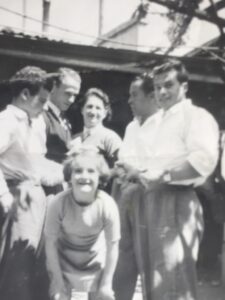
Thank you to everyone who contributed blogs to the website this year. I’ve been looking back and realise there is a great richness in the variety of subjects that were covered by guest bloggers. In March Linda De Marchi nee Cescato and Nives Caon nee Cescato wrote about their memories of boarding houses in the west end of the City of Adelaide where Italian men lived when they first arrived in Australia. Alex Bennett researched the vagón of the Tonellato family in April and wrote two blogs.
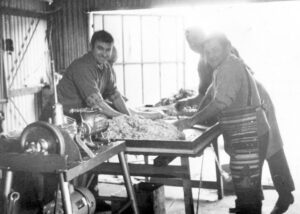
In May Aida Innocente, and her uncle and aunt, Gino and Mary Innocente, collaborated to write two blogs about about the steps involved in the ritual of making salami.
Lynn and Gary Vanzo produced two blogs about the story of the Vanzo family who originated from San Martino di Lupari and are connected to some of the Veneto market gardeners. In July, Michael Quirk who had lived in Garden Terrace, Lockleys, wrote two blogs about the friendships he made with some of the young Australian-born Italians who played football in 1959 for the Thebarton Young Christian Workers football team which won the 1959 Grand Final. Several of the young men were from market gardener families in the Lockleys area.
After I completed my PhD studies Michael Campbell wrote a blog in June about my thesis and how it developed from the 58 oral history interviews that have been gathered for the project since 2008.
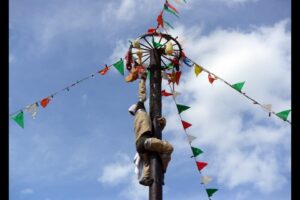
In November the transnational connection was renewed with the blog that Cathy Crenna wrote about Italian migrants in Canada.
Finally, in December through the blog that Christine Rebellato nee Mattiazzo wrote, we learned about the Christmas traditions that originated in the Mattiazzo family.

One of the people who loved the Veneto market gardeners oral history project, Maria Rosa Tormena, died in March. I remember her and all the others who have been interviewed over the past 13 years. I value their contribution and generosity in providing information about their families and their connection to the pioneer Veneto market gardeners who arrived in Adelaide in the late 1920s.
And to 2022 … I invite you to consider writing a blog about your family or about memories of the Veneto market gardener community. Please contact me so we can discuss ideas.
I wish you all a happy new year. Buon anno!
Madeleine Regan
29 December 2021
